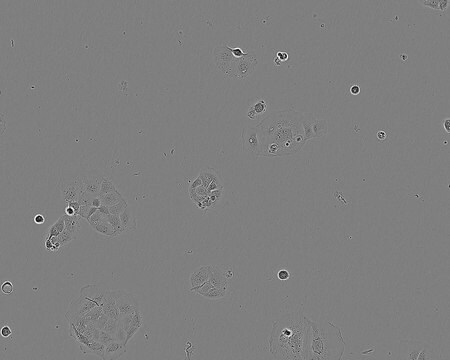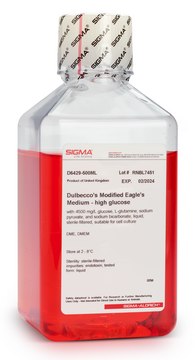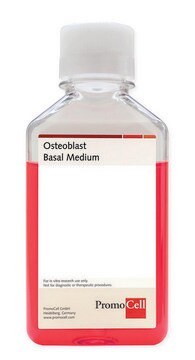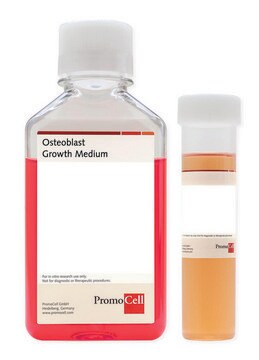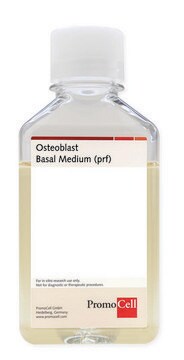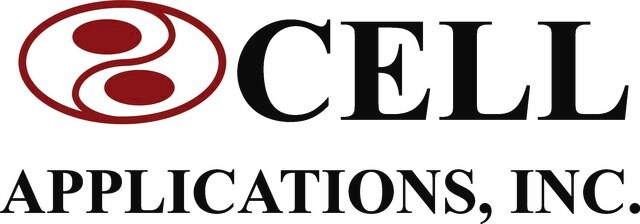CLL1222
Safe Harbor Landing Pad Cell Line HCT-116 Cancer Cells
human male colorectal tissue (Source Disease: Colorectal carcinoma)
About This Item
Prodotti consigliati
Nome del prodotto
Safe Harbor Landing Pad Cell Line HCT-116 Cancer Cells,
Origine biologica
human male colorectal tissue (Source Disease: Colorectal carcinoma)
Livello qualitativo
Stato
frozen liquid (Vial of Frozen Cells)
Modalità di accrescimento
Adherent
tecniche
cell culture | mammalian: suitable
Condizioni di spedizione
dry ice
Temperatura di conservazione
−196°C
Descrizione generale
Descrizione della linea cellulare
Applicazioni
Caratteristiche e vantaggi
Qualità
Terreno di coltura
Note legali
Avvertenze
Warning
Indicazioni di pericolo
Consigli di prudenza
Classi di pericolo
Met. Corr. 1
Codice della classe di stoccaggio
8A - Combustible corrosive hazardous materials
Classe di pericolosità dell'acqua (WGK)
WGK 2
Punto d’infiammabilità (°F)
Not applicable
Punto d’infiammabilità (°C)
Not applicable
Scegli una delle versioni più recenti:
Certificati d'analisi (COA)
Non trovi la versione di tuo interesse?
Se hai bisogno di una versione specifica, puoi cercare il certificato tramite il numero di lotto.
Possiedi già questo prodotto?
I documenti relativi ai prodotti acquistati recentemente sono disponibili nell’Archivio dei documenti.
Il team dei nostri ricercatori vanta grande esperienza in tutte le aree della ricerca quali Life Science, scienza dei materiali, sintesi chimica, cromatografia, discipline analitiche, ecc..
Contatta l'Assistenza Tecnica.
